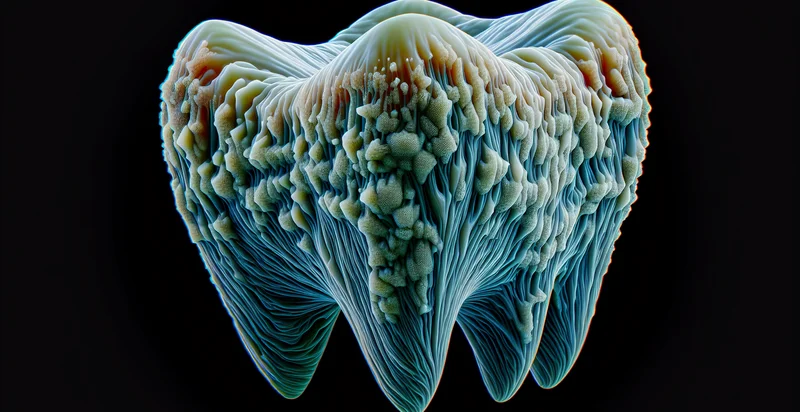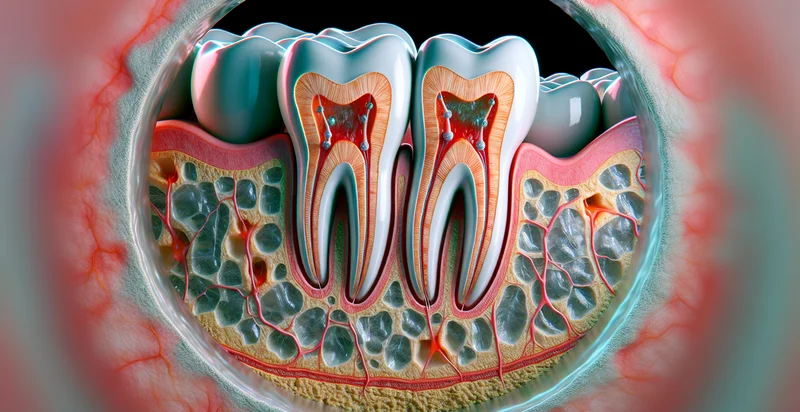Identify tooth surface condition
using AI
Below is a free classifier to identify tooth surface condition. Just upload your image, and our AI will predict the condition of tooth surfaces - in just seconds.

Contact us for API access
Or, use Nyckel to build highly-accurate custom classifiers in just minutes. No PhD required.
Get started
import nyckel
credentials = nyckel.Credentials("YOUR_CLIENT_ID", "YOUR_CLIENT_SECRET")
nyckel.invoke("tooth-surface-condition", "your_image_url", credentials)
fetch('https://www.nyckel.com/v1/functions/tooth-surface-condition/invoke', {
method: 'POST',
headers: {
'Authorization': 'Bearer ' + 'YOUR_BEARER_TOKEN',
'Content-Type': 'application/json',
},
body: JSON.stringify(
{"data": "your_image_url"}
)
})
.then(response => response.json())
.then(data => console.log(data));
curl -X POST \
-H "Content-Type: application/json" \
-H "Authorization: Bearer YOUR_BEARER_TOKEN" \
-d '{"data": "your_image_url"}' \
https://www.nyckel.com/v1/functions/tooth-surface-condition/invoke
How this classifier works
To start, upload your image. Our AI tool will then predict the condition of tooth surfaces.
This pretrained image model uses a Nyckel-created dataset and has 21 labels, including Brittle, Chipped, Clean, Corroded, Cracked, Damaged, Decayed, Discolored, Etched and Fissured.
We'll also show a confidence score (the higher the number, the more confident the AI model is around the condition of tooth surfaces).
Whether you're just curious or building tooth surface condition detection into your application, we hope our classifier proves helpful.
Related Classifiers
Need to identify tooth surface condition at scale?
Get API or Zapier access to this classifier for free. It's perfect for:
- Dental Diagnostic Tool: This function can be integrated into dental clinics to assist dentists in identifying the condition of a patient's tooth surfaces. By analyzing images, it can provide accurate assessments of wear, decay, or damage, improving diagnostic speed and reducing the need for invasive examinations.
- Patient Education Platform: Dental practices can use this classification function to create visual aids for patient education. By showing patients their tooth surface condition through identified images, it enhances understanding and encourages better oral hygiene habits.
- Insurance Claim Processing: Insurance companies can leverage this image classification function to verify the condition of teeth in claims related to restorative dental work. It helps streamline the approval process by providing visual evidence supporting the claims made by policyholders.
- Teledentistry Services: The function can be incorporated into teledentistry platforms, allowing remote assessments of tooth health based on patients’ submitted images. This enables dentists to provide preliminary evaluations and recommendations without an in-person visit, making dental care more accessible.
- Oral Health Research: Researchers can utilize the image classification function in studies focused on oral health trends. By analyzing large datasets of tooth surface conditions, they can identify correlations between lifestyle factors and dental health outcomes.
- Dental Product Development: Companies developing dental hygiene products can use this classification tool to assess the effectiveness of their products in improving tooth surface conditions. By analyzing before-and-after images, they can gather valuable data for marketing and product improvement.
- Training Tool for Dental Students: Dental schools can integrate this function into their teaching curriculum to train students on identifying tooth surface conditions. The tool would provide students with immediate feedback on their assessments, helping to enhance their diagnostic skills in a practical setting.


